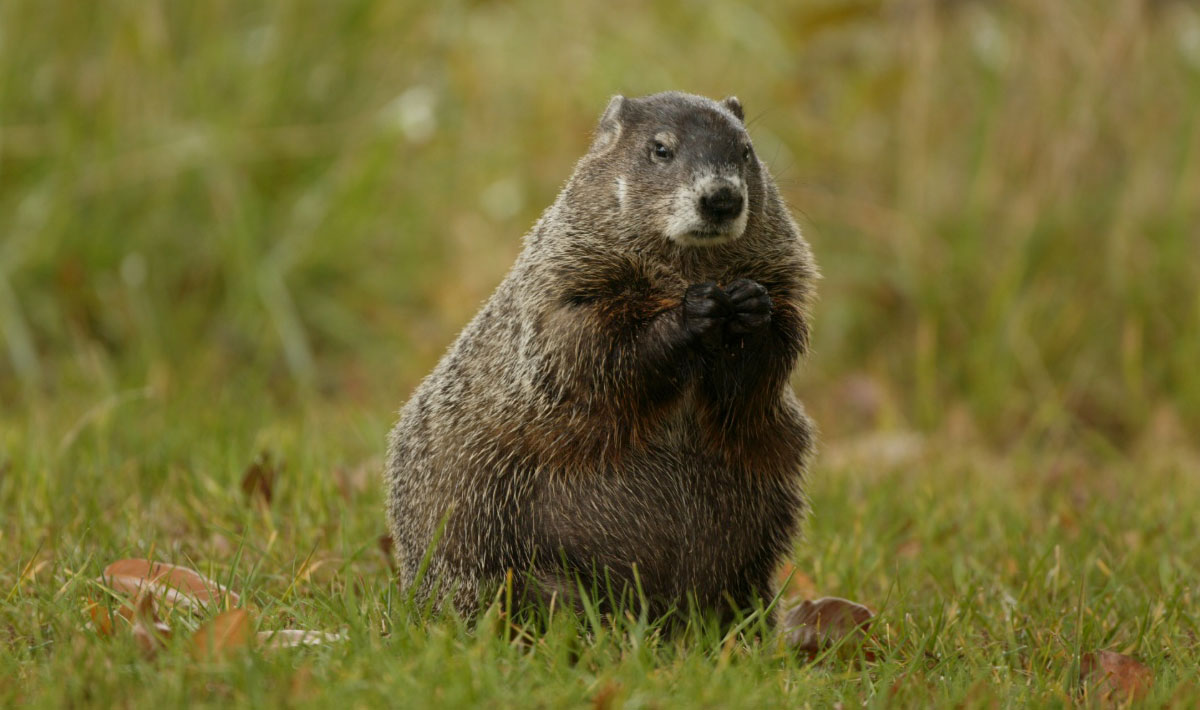
Learn more about woodchucks in Illinois in OutdoorIllinois Journal:
Abandoned woodchuck burrows provide shelter for a number of wildlife species, including rabbits, raccoons, foxes, skunks, weasels, and opossums. Woodchucks also move large amounts of subsoil when digging their burrows, which helps to aerate and mix the soil.
Woodchucks belong to the family Sciuridae (the squirrel family) and are related to other “marmots” that occur in the western United States. They are a stocky animal with a relatively flat head, blunt muzzle, short legs, and a bushy tail. Their fur is yellowish-gray brown to blackish, with the underside often lighter. Woodchucks have small ears and large black eyes.
Woodchucks weigh 7 to 14 pounds and are approximately 20 to 25 inches long, including the tail. Males are typically larger than the females.
Woodchuck tracks are fairly easy to identify. Woodchuck have four toes on the front paws and five toes on the back paws. The tracks are spaced about four inches apart when woodchucks are walking and 12 inches apart when they are running. Woodchuck tracks are about 1½-inches long.
Woodchucks defecate in toilet chambers they dig underground. If you find droppings on your property, they are from an animal other than a woodchuck.
Woodchucks are common throughout the state. They typically live in densities of one or two adults per acre, although in prime habitat there may be more.
Woodchucks are diurnal (most active during the day), particularly in the early morning and late afternoon hours. They stay close to their burrows when feeding and typically only stay above ground a couple of hours per day.
Unlike most mammals in Illinois, woodchucks are true hibernators. They begin hibernation in October or November and come out of hibernation in mid- to late February. Researchers have found that while in hibernation a woodchuck’s body temperature drops from about 97°F to 34°F, its breathing slows to approximately one breath every six minutes, and its heart beats only four times per minute.
Woodchucks live primarily underground in burrows dug on land with a slight slope. They excavate winter and summer burrows. Winter burrows are often dug in wooded areas and have only one opening. The hibernation nest is located at the end of the burrow, lined with grass, and blocked off with soil during hibernation. In the spring, the woodchucks emerge from hibernation and move to grassy areas or agricultural fields where they dig a summer burrow. The summer burrow has two or more entrances. The main entrance is typically ten to twelve inches wide and will have a mound of soil next to it. Other entrances are dug from below the soil surface and lack the mound of soil. These entrances provide the woodchuck with quick access to the burrow to escape from predators. Often more than one summer burrow is excavated. Each burrow system can be quite extensive, with a main nest chamber, a toilet chamber located away from the main nest, and additional chambers found throughout the burrow.
Except during the breeding season, when a male and a female will share a burrow, woodchucks are typically solitary animals. They are territorial and will defend their burrow against intruders. When threatened, a woodchuck chatters its incisors and uses short, sharp whistles to warn other woodchucks of danger. Woodchucks are not fast runners, but they are capable of defending themselves when threatened.
Abandoned woodchuck burrows provide shelter for a variety of wildlife species and the amount of subsoil they excavate helps to aerate and mix the soil.
Woodchucks can be carriers of tularemia, but they are not considered a public health risk. Tularemia is caused by the bacterium Francisella tularensis. Symptoms can include fever, chills, headache, diarrhea, and joint or muscle pain and weakness. People can contract the disease from handling infected carcasses.
Woodchucks do not breed until their second year. Breeding occurs in late February or March. The gestation period is 31 to 32 days, with four to five young born in April or early May. Woodchucks have one litter per year. Young woodchucks will start looking for their own living space when they are approximately two months old.
The average lifespan of a woodchuck is three years. Coyotes, foxes, bobcats, weasels, dogs, owls, and hawks prey upon woodchucks. Woodchucks are often killed by vehicles, because they move relatively slowly.
Woodchucks may damage garden vegetables, field crops, or orchard and nursery stock. They often cause only minor damage to properties. However, if there are many woodchucks on a single property or one animal is being overly destructive, there are several ways that the landowner can remedy the situation.
Given woodchucks’ habitat requirements, it is difficult to modify a property to discourage them. Properties with some slope to the land will be more likely to attract woodchucks than those that are relatively flat.
If there is a small area of property that you want to protect from woodchucks, such as a garden or a group of fruit trees or ornamental shrubs, fencing can help reduce the damage. Woodchucks are skilled at climbing and digging, so to keep them out, fences must be at least three feet high and the top of the fence should make a 45-degree angle to prevent a woodchuck from climbing over the fence. Since woodchucks easily burrow under fences, a wire deterrent (heavy poultry wire or welded wire) below the fence line must be used to keep them from digging under. Bury the wire 12 to 14 inches underground, bending the bottom two to four inches of the wire at a 90-degee angle pointing out from the fence line. An electric hot-shot wire located four to five inches above the ground outside the fence will discourage climbing and burrowing. Use hardware wire to exclude woodchucks from digging under porches and decks.
Currently there are no approved repellents or toxicants for woodchuck control in Illinois.
Carbon monoxide gas cartridges can effectively kill woodchucks. You will need a nuisance animal removal permit from an Illinois Department of Natural Resources District Wildlife Biologist before using fumigants to control woodchucks.
Because gas cartridges pose potential fire and gas accumulation hazards, they should never be used near homes or other buildings. For best results, burrows should be treated on cool, rainy days or during periods of woodchuck inactivity to make sure the woodchuck is in the burrow and not out foraging for food. Vacant burrows may be reoccupied by woodchucks from nearby areas, so all fumigated burrows should be rechecked weekly for a month. Other species may also take over the burrow, so keep an eye out for signs (tracks, scat, food remains) that show a fox, coyote, or other animal has moved into the burrow.
Removal of a woodchuck is necessary only if the animal is causing substantial property damage or is a public health or safety concern. Since it is difficult to modify habitat to discourage woodchucks, other woodchucks will eventually take up residence on your property. Exclusion is typically a better method than removal to control woodchucks.
You can hire a nuisance wildlife control operator to trap and remove the animal.
To remove a woodchuck from your private property yourself, you will need a nuisance animal removal permit from an Illinois Department of Natural Resources district wildlife biologist before the animal is removed. Woodchucks can be Iive-trapped using a welded wire or metal live trap baited with apples. Traps must be checked at least once a day.
Woodchucks must be released or euthanized within 24 hours of capture. If the animal will not be released on the same property where it was trapped, you will need written permission from the landowner to release the woodchuck on another property. As with all other mammals, it is not permitted to release woodchucks in public parks, forest preserves, or natural areas.
In Illinois, woodchucks are protected as a Game animal. Woodchucks in urban areas that cause problems may be removed if a nuisance animal removal permit is issued by an Illinois Department of Natural Resources district wildlife biologist.
In rural areas, a hunting or trapping license from the IDNR is required to hunt or trap woodchucks. Woodchucks may be hunted during most of the year, but not during April or May or during firearm deer hunting season. Woodchucks may be trapped from June through September. There is no limit on the number of woodchucks that may be taken by a licensed hunter or trapper. For full hunting and trapping regulations go to the Illinois Digest of Hunting and Trapping Regulations.
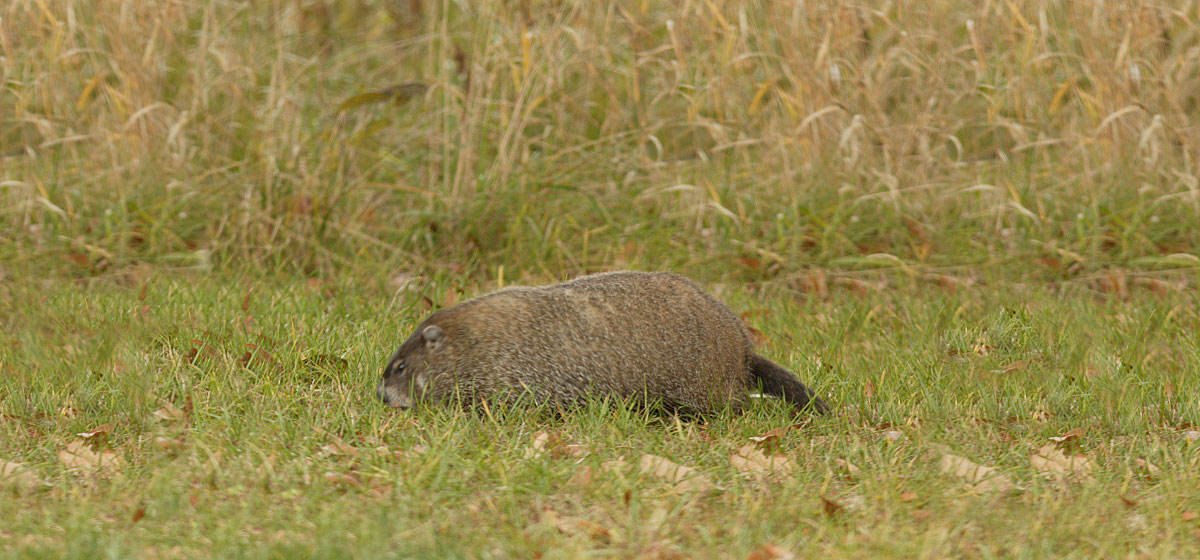
Photo: Adele Hodde, IDNR
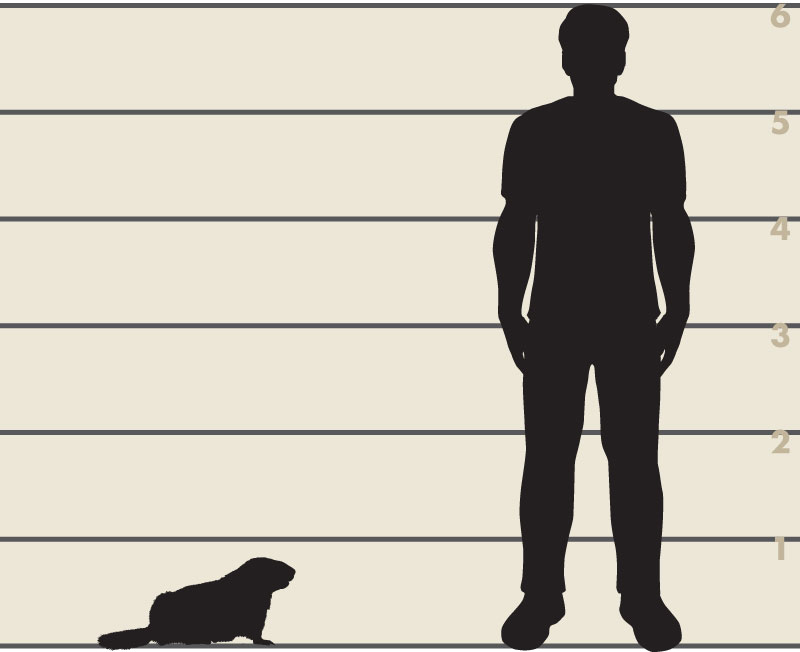
Illustrator: Lynn Smith
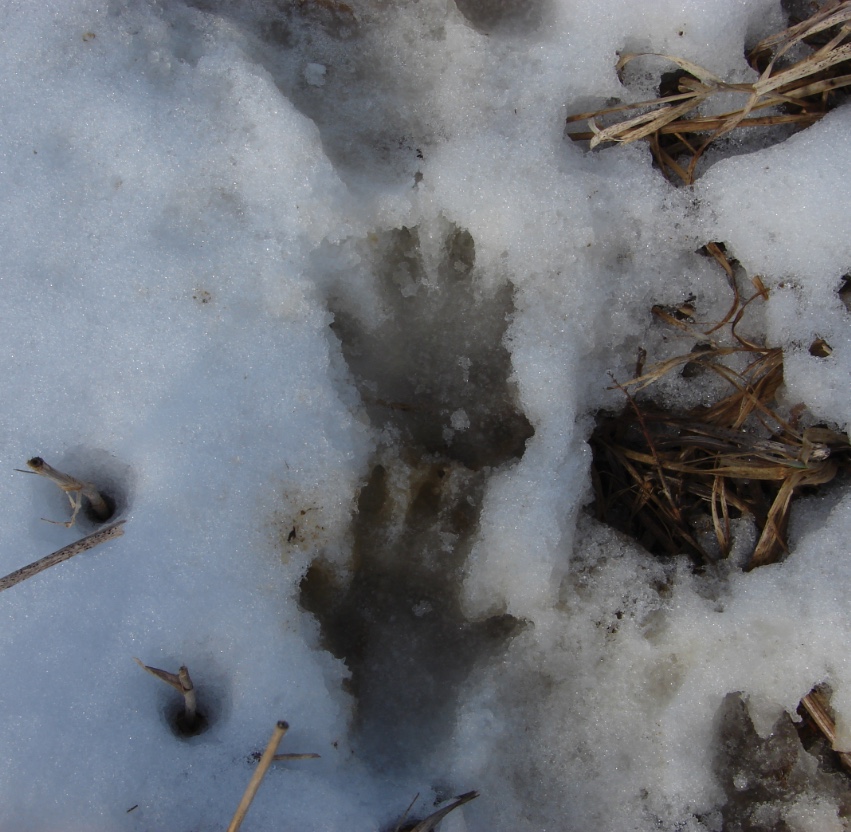
Photo: Liza Watson
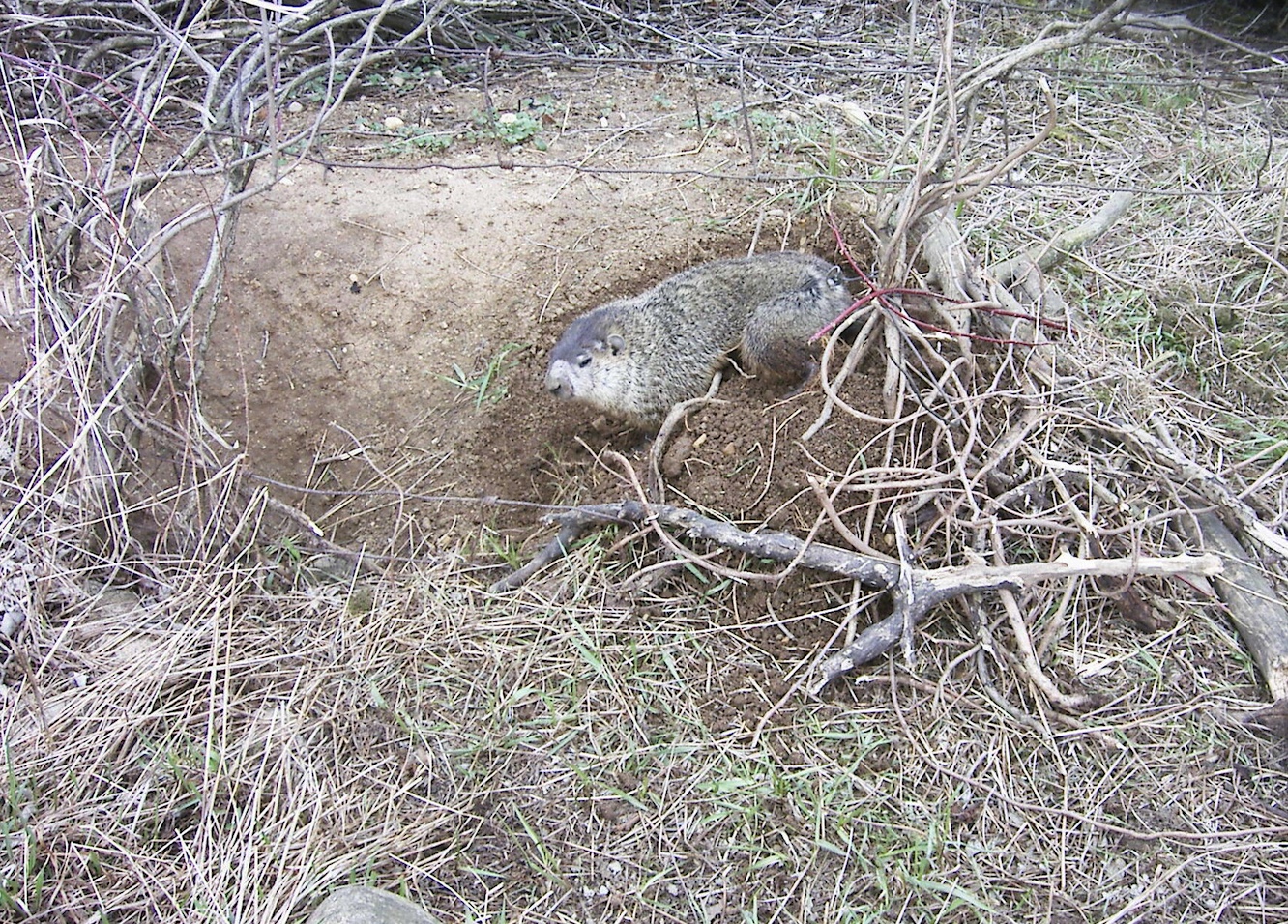
Photo: Jared Duquette
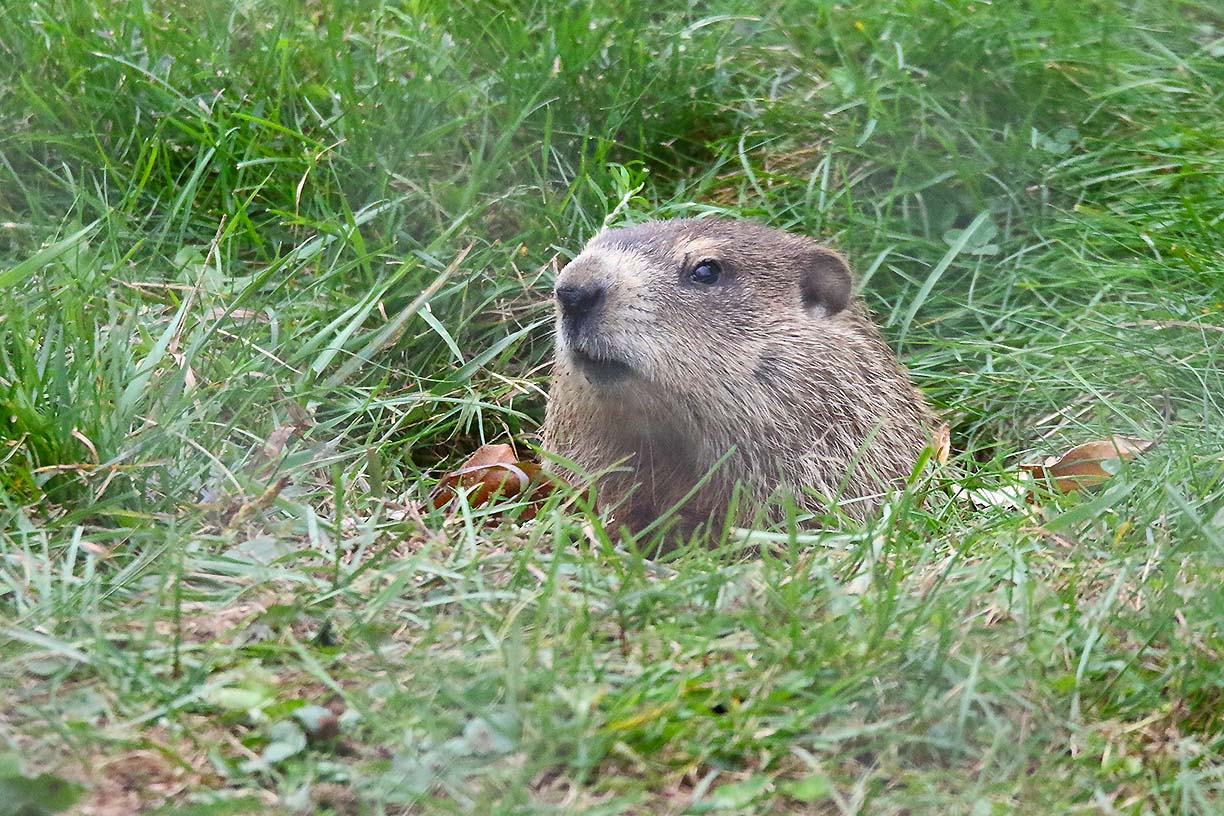
Photo: Gordon Garcia
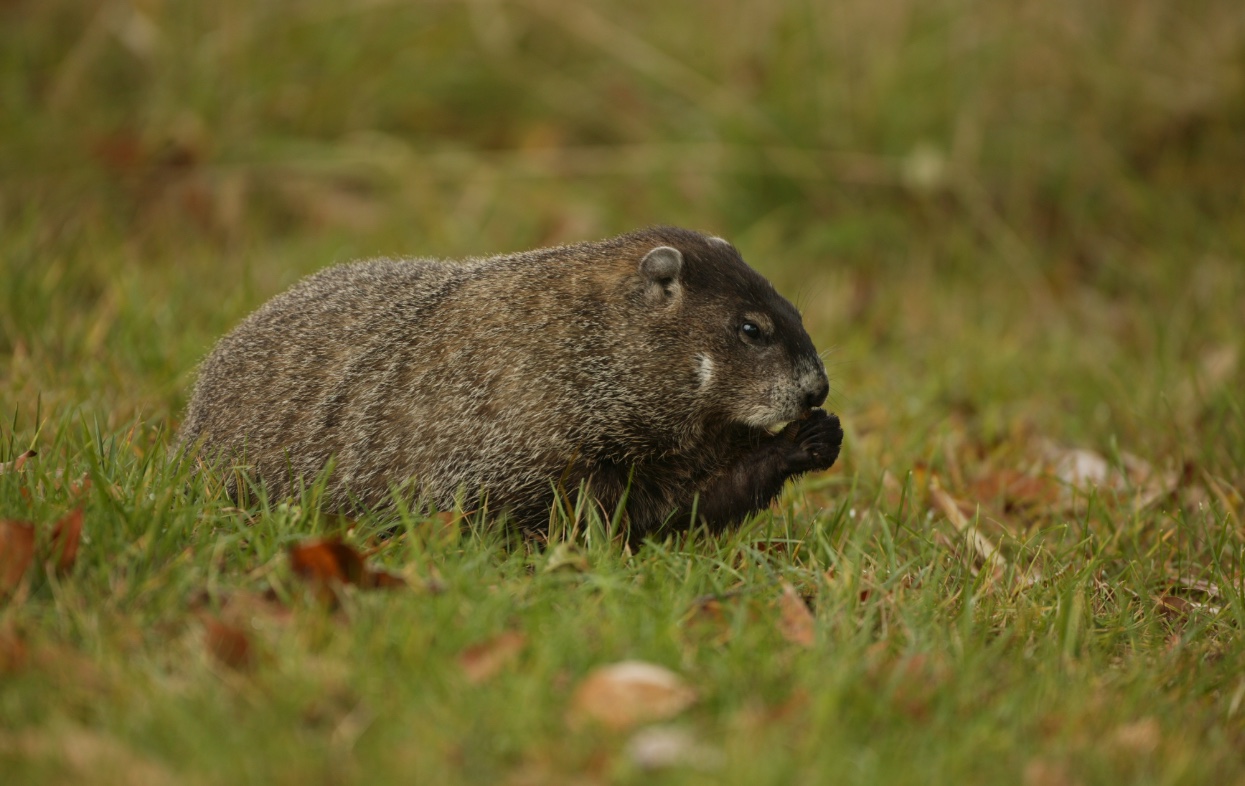
Photo: Adele Hodde, IDNR
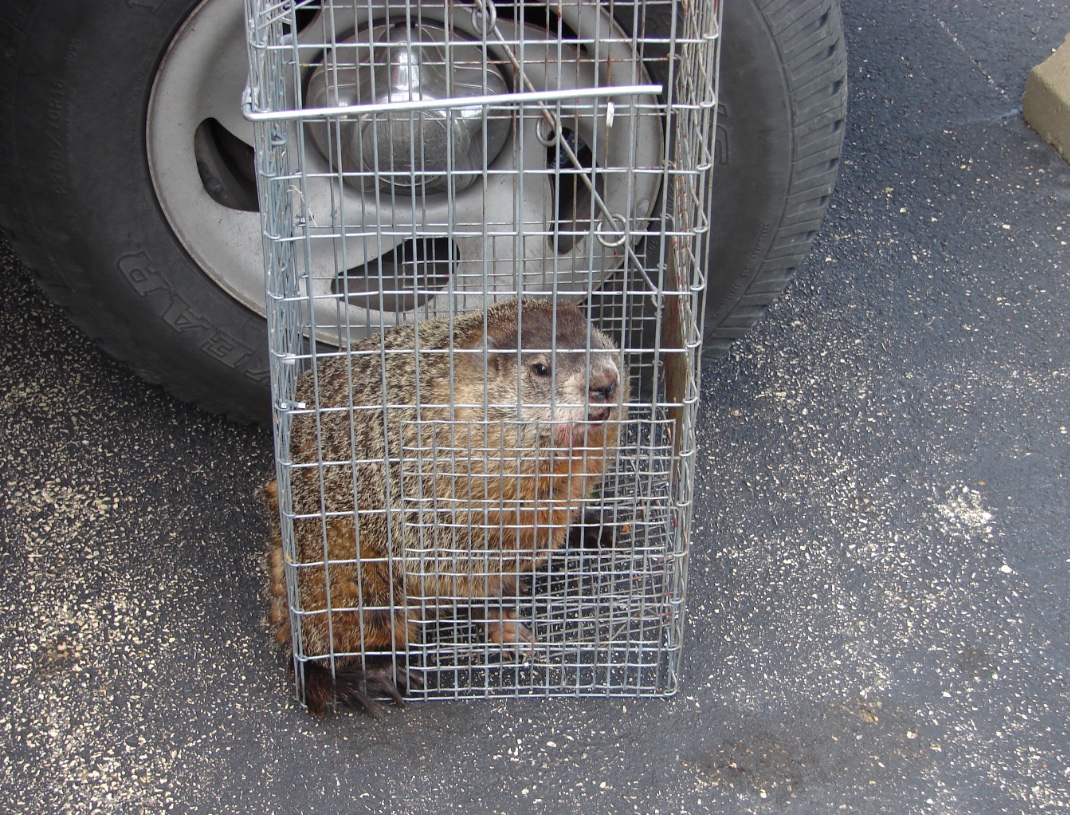
Photo: Liza Watson
The Wildlife Illinois website was authorized by the Illinois Department of Natural Resources (IDNR) in partial fulfillment of project W-147-T. The website was developed by the National Great Rivers Research and Education Center, 2wav, and the IDNR in partnership with the United States Department of Agriculture Animal and Plant Health Inspection Service Wildlife Services and University of Illinois Extension to provide research-based information about how to coexist with Illinois wildlife.